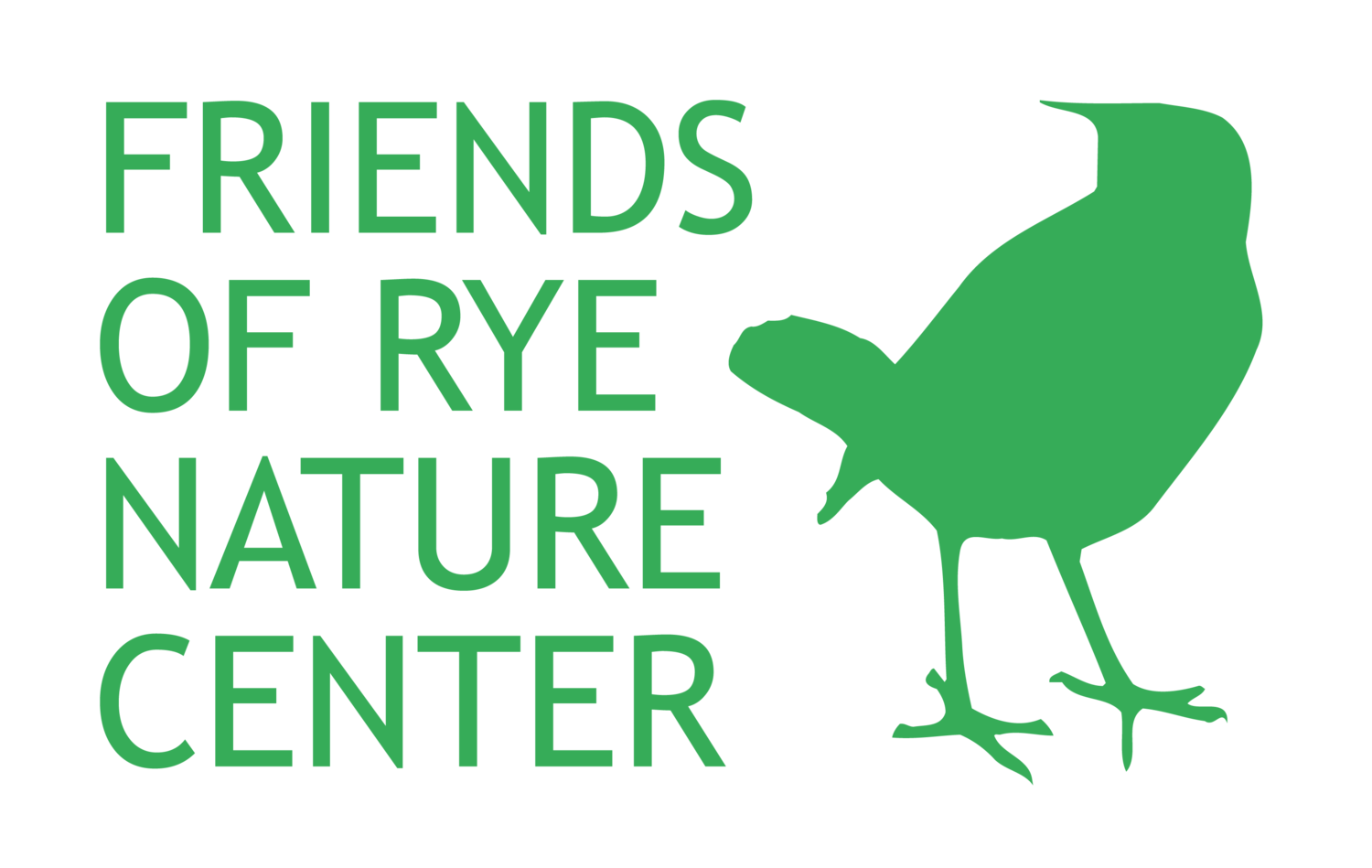—Katie Jamer, Environmental Educator
Today is the first day of June! The warming weather combined with the rainfall of spring makes the perfect combination for new plants to grow. The growing plants provide food for our favorite animals as they re-emerge into our forest for spring. Additionally, this time of year prompts the beginning of new life cycles. One of our favorites is how a caterpillar turns into a butterfly.
Photo Courtesy of the Missouri Botanical Garden
The life stage of being a caterpillar is one of the most vulnerable periods of its life. In this stage, the caterpillar must spend its days munching on the leaves of plants to grow and have enough energy to undergo metamorphosis. However, they are not the only ones looking for something to eat. A caterpillar makes a tasty snack for a mother bird looking to feed her chicks. Luckily for some caterpillars, they are hidden on the leaf all the time. This adaptation is called countershading.
Photo Courtesy of Penguin International
What is countershading?
When an animal can blend in with its environment, we call this camouflage. One way that an animal can camouflage is through countershading. This occurs when the backside of the animal is different in color from the underside. This type of camouflage is often seen in aquatic animals due to how light is visible in the ocean. Countershading is how a black and white penguin can remain unseen by a shark swimming below or above it.
Photo Courtesy of State Master
How do caterpillars use it?
Like marine animals, caterpillars use the reflection of sunlight on the leaves to remain hidden. The sun moves to different positions throughout the day and will cast shadows within the forest. If the caterpillar were only one shade, the shadow it creates on the leaf would make it visible to predators. The countershading allows that shadow to be minimal or non-existent as it moves along the leaf throughout the day.
Be a Biologist
Biologists have studied countershading in caterpillars to understand how this method of camouflage works for them. A research study by Cuthill et al. 2016 tested out different color patterns to identify the best shading for caterpillars. Here’s how you can do the experiment yourself.
Materials:
Green paint (light and dark),
Paper towel or toilet paper rolls (6 total)
Paint the rolls in different combinations of green. Make sure that two rolls are painted a solid color (one for light green and the other for dark).
On a sunny day, place each roll on a leaf and observe if any shadows form.
Pretend you are a bird and determine if you would see the “caterpillar” on the leaf.
Photo Courtesy of Cuthill et al. 2016
After completing this experiment, ask yourself which color combination allowed for the best camouflage. Is it better to be one solid color or have different shades? Take the experiment to the next step and repeat it on a cloudy day. Do you get the same results?
References:
Cuthill, I.C., N. Simon Sanghera, O. Penacchio, P. Lovell, G.D. Ruxton, and J.M. Harris. 2016. Optimizing countershading camouflage. Proceedings of the National Academy of Sciences. 113:13093-13097.
Rowland, H.M., I.C. Cuthill, I.F. Harvey, M.P. Speed, and G.D. Ruxton. 2008. Can’t tell caterpillars from trees: countershading enhances survival in a woodland. Proceedings of the Royal Society B. 275:2539-2545.





